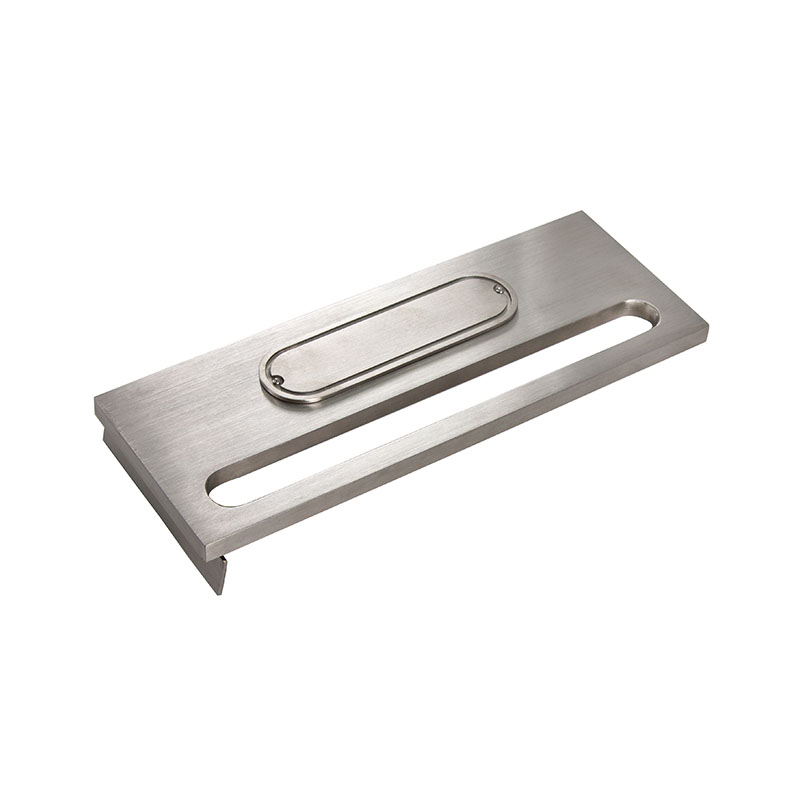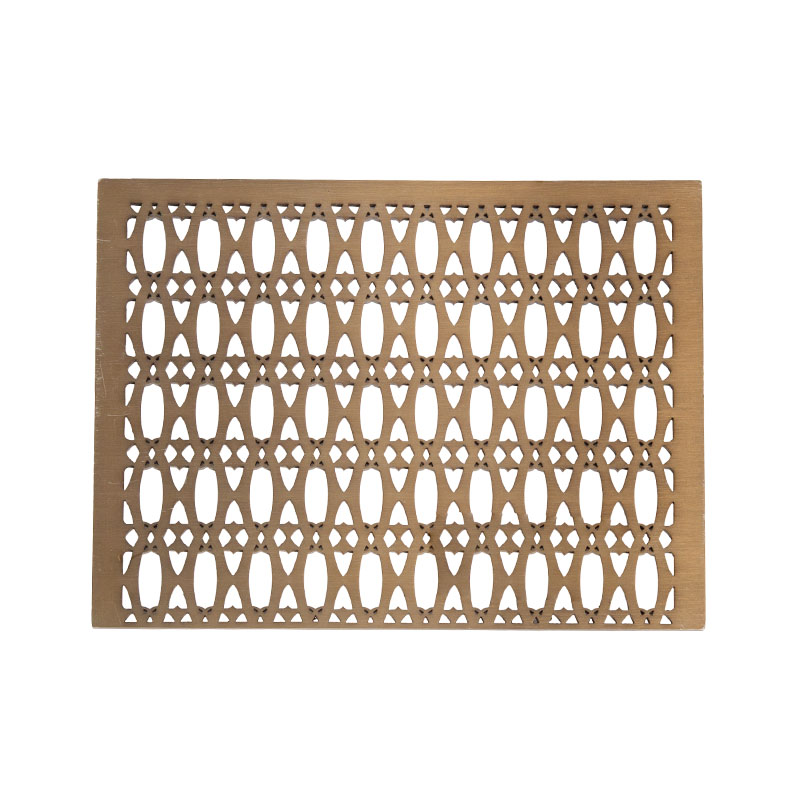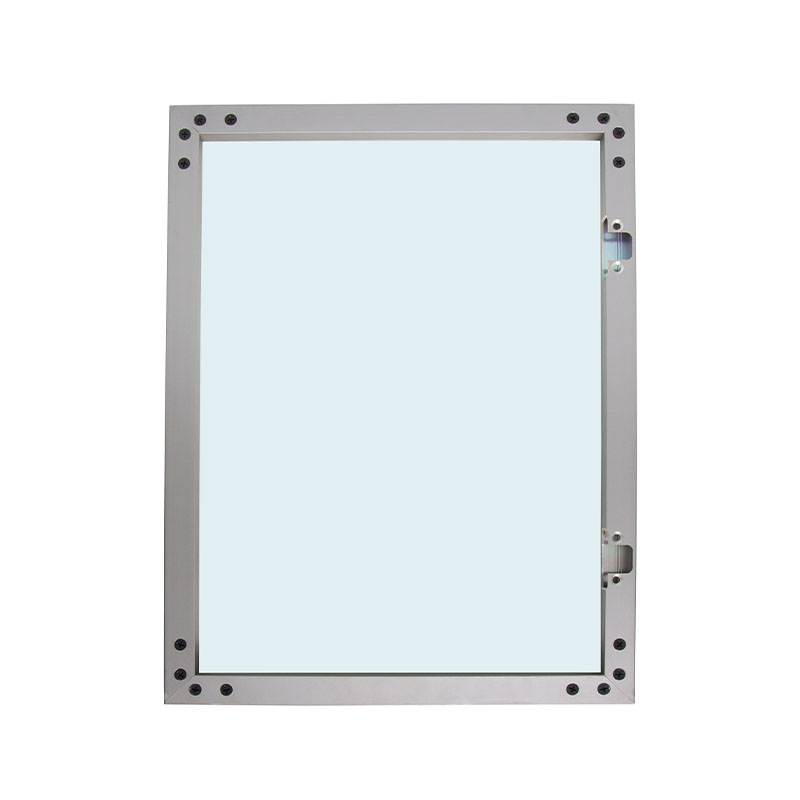How can the light-transmitting design of the screen balance privacy protection and lighting needs?
Release Time : 2025-10-16
The design of screens for light transmission must strike a balance between privacy and daylighting. The key lies in achieving a balance between functionality and aesthetics through material properties, structural innovation, and optimized spatial layout. This design concept not only impacts daily comfort but also directly impacts the visual and psychological experience of the space.
Material selection is crucial for light transmission design. Traditional screens often use wood or paper. While these materials create a rustic atmosphere, they offer limited light transmission and can create a sense of oppression. Modern designs tend to favor transparent or translucent materials such as glass, acrylic, or polycarbonate. Frosted glass, for example, diffuses light through surface treatment, preserving natural light while obscuring visual details. Changhong glass's vertical stripe embossing further enhances this property. Its diffuse reflection softens light distribution while creating a visual barrier and effectively protecting privacy. Furthermore, the application of switchable glass offers even more design possibilities. By controlling the transparency of the glass using an electric current, users can flexibly switch between privacy and daylighting modes according to their needs.
Structural innovations are opening up new avenues for light transmission design. Openwork carving, through the arrangement and combination of geometric patterns, creates a visual effect of interweaving light and shadow while ensuring structural stability. For example, Chinese screens often feature traditional motifs such as the huiwen (circular pattern) and swastika (swastika) pattern. When light passes through, it casts delicate shadows on the floor, adding a sense of spatial depth while preventing awkward direct viewing. Modular design offers screens greater flexibility. The removable units allow users to adjust the light transmission ratio according to changing scenarios. For example, solid modules can be added when privacy is needed, while obstruction can be reduced when daylight is needed. This dynamic adjustment allows the screen to adapt to functional needs at different times of day.
Optimizing spatial layout is an extension of light-transmitting design. In open-plan apartments, screens often serve as core elements for dividing areas, and their placement directly influences the balance between daylighting and privacy. Placing a screen close to a light source can block direct line of sight while directing light deeper into the room. Placing it at the entrance of a hallway can achieve a "separated yet continuous" effect by controlling its height: the solid lower portion provides privacy, while the translucent upper portion allows light in. Furthermore, integrating the screen with lighting can further enhance its functionality. For example, LED light strips embedded in the top of the screen provide soft supplemental lighting at night and enhance the utilization of natural light by reflecting it during the day.
The combination of color and texture adds an artistic touch to translucent designs. Light-colored screens, such as off-white and light gray, reflect more light, making the space appear bright and airy. Darker colors, such as dark green and navy, absorb some light, creating a calm and intimate atmosphere. The choice of texture is equally important. Vertical stripes can extend the height of a space, horizontal grilles enhance the sense of horizontal extension, and irregular cracks or textured effects create unique visual focal points through the play of light and shadow. This synergistic effect of material and color allows the screen to not only meet functional requirements but also become a decorative highlight in the space.
In practical applications, the design of translucent screens must comprehensively consider the specific characteristics of the scene. In residential entryways, frosted glass and wooden frames combine to block incoming views while allowing in outdoor light. In office partitions, switchable glass and motorized rails enable rapid mode switching, catering to both meetings and independent work. In commercial spaces, hollow metal screens create dynamic light and shadow effects through light projection, becoming a visual focal point that draws customers in. These examples demonstrate that the success of light-transmitting design depends on a precise understanding of user needs, spatial characteristics, and material properties.
The light-transmitting screen design achieves a harmonious balance between privacy and daylighting through innovative materials, optimized structures, and coordinated spatial layout. This design not only enhances the functionality of the space but also imbues it with unique artistic value, transforming the screen from a traditional divider into a multifunctional element in modern spaces.







